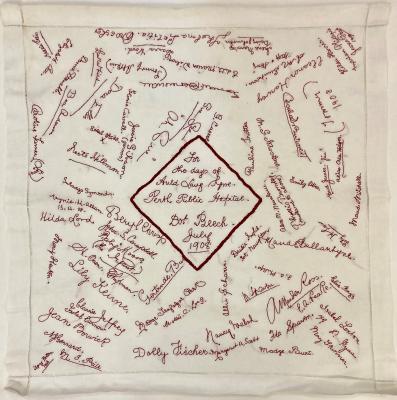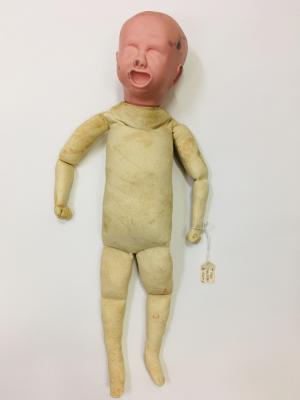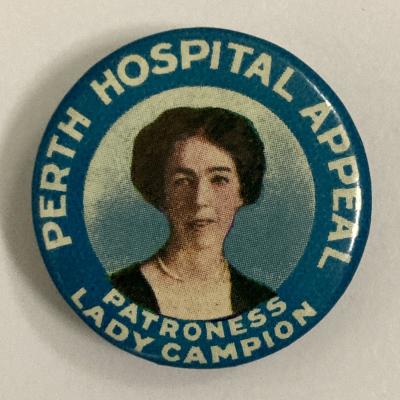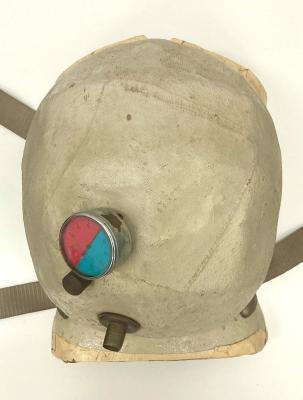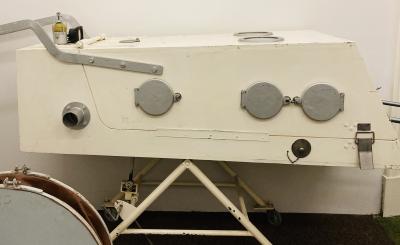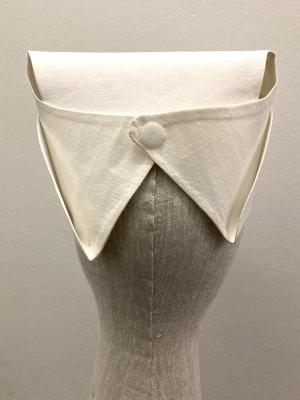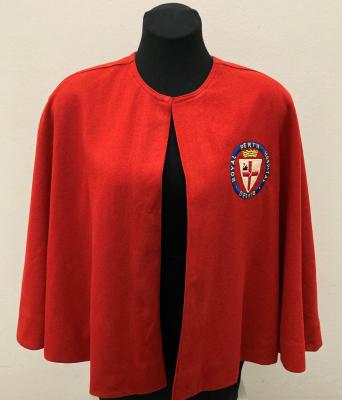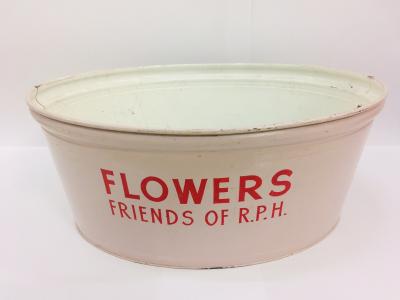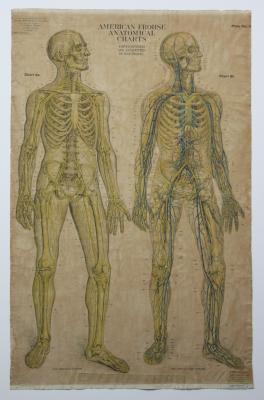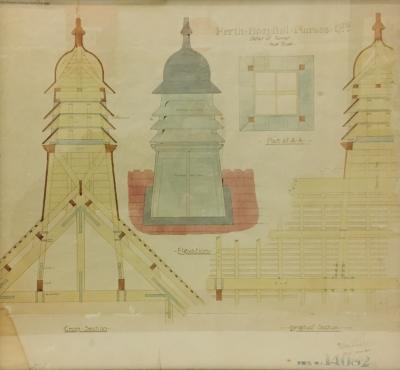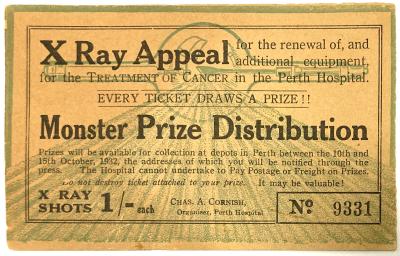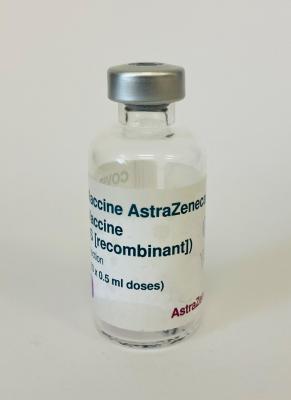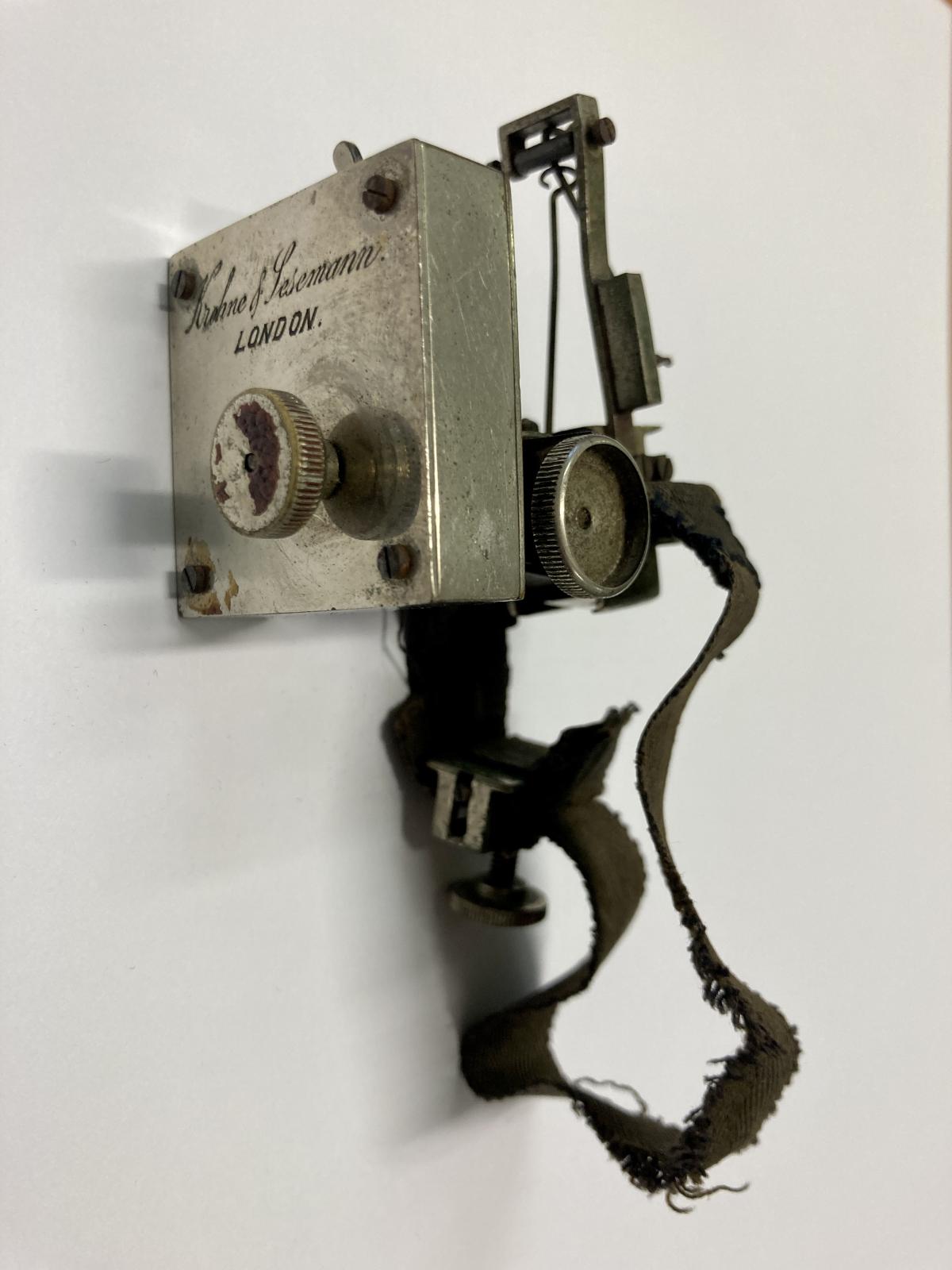SPHYGMOGRAPH
c. 1900 - 1920A small metal device with frayed, black elastic wrist band used for the graphic recording of the pulse, the forerunner to the modern electrocardiogram. The instrument is engraved 'Krohne & Sesemann, London'. The device was strapped to the wrist so the pulse could be transmitted to a lever and recorded onto smoked paper. It was manufactured prior to 1900 and owned and used by Dr Alfred Webster at Perth Public Hospital.
A sphygmograph was an early blood pressure measuring device invented by Dr. Robert Dudgeon in the late 1880s. The device was strapped to the wrist so the pulse could be transmitted to a lever and recorded onto smoked paper.
Dr Alfred Webster was Medical Superintendent at Perth Hospital from 1926 - 1931.
Details
Details
Krohne & Sesemann, London
This item is of historic, scientific and aesthetic significance with strong interpretative value. It forms part of an extensive collection of medical instruments and written material owned and used by Dr Alfred Webster, Medical Superintendent at Perth Hospital (1926-1931). The rare and unusual sphygmograph was used by Dr Alfred Webster. Two books in the RPH Museum collection written by Webster contain examples of sphygmographic tracings: BK2010.25 'Cardiac Arrhythmia and the Neocardiology'; and BK2010.26 'Cardiac Arrythmia in Relation to Cerebrial Anaemia and Epileptiform Crises'.
Other items from Royal Perth Hospital Museum
- VEIL, EMBROIDERED
- DOLLS, OBSTETRICS TEACHING AID
- BADGE, PERTH HOSPITAL APPEAL
- CUIRASS
- IRON LUNG
- NURSE'S CAP
- CAPE, NURSE'S
- TUB, METAL
- AMERICAN FROHSE ANATOMICAL CHART, CIRCULATORY
- ARCHITECTURAL DRAWING, PERTH HOSPITAL NURSES QUARTERS, DETAIL OF TURRET
- XRAY APPEAL TICKET, NO. 9331
- COVID-19 ASTRAZENECA VACCINE PHIAL
